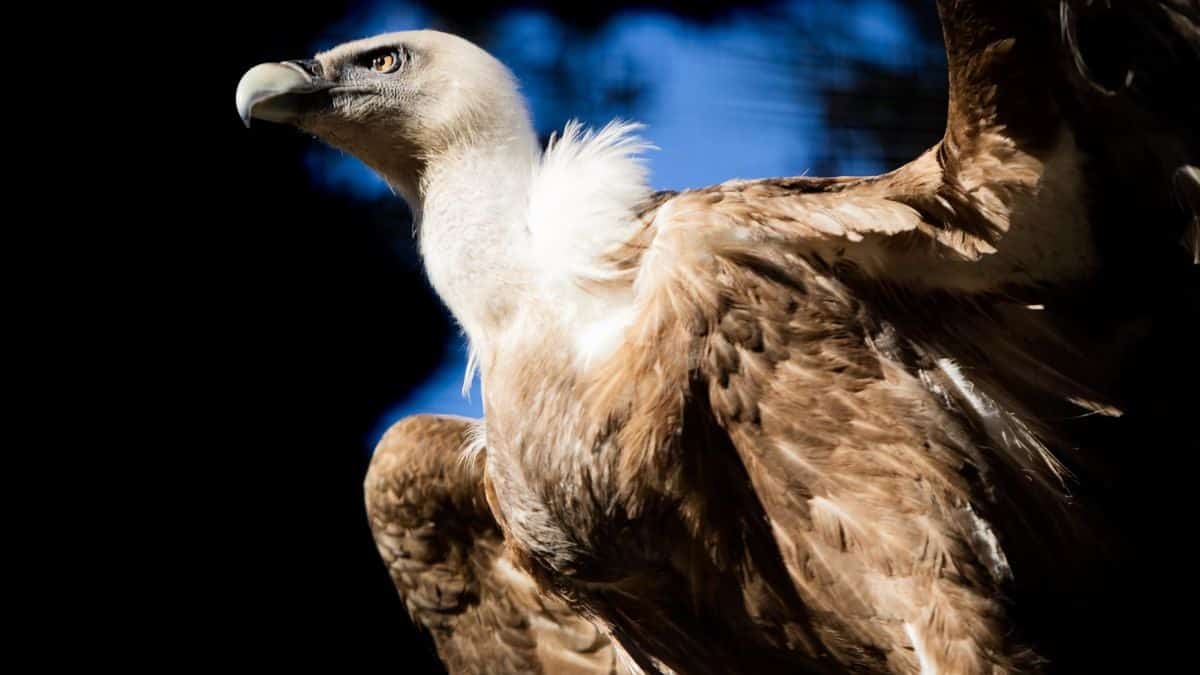Ancient Vulture Feathers Unearthed in Italy

In a groundbreaking discovery, scientists have uncovered the remarkably preserved feathers of a 30,000-year-old griffon vulture in the Colli Albani volcanic complex near Rome, Italy. This find, which includes intricate details of the bird’s wing feathers and eyelids, has fascinated researchers since the remains were first discovered in 1889. New research reveals that volcanic ash played a crucial role in the preservation process, transforming into zeolite crystals that maintained the delicate structures of the feathers.
Unprecedented Preservation Through Zeolite Crystals
A recent study published in the journal Geology highlights the unique preservation of these feathers, which were found in three-dimensional form. Unlike typical fossilization processes that result in two-dimensional carbon imprints, this discovery marks the first instance of feathers being preserved in volcanic material. The research team, led by Valentina Rossi, a paleobiologist at University College Cork in Ireland, utilized electron microscopy and chemical testing to analyze the feathers. Rossi emphasized the significance of this finding, noting that feathers preserved in volcanic ash had never been documented before, making it a remarkable addition to paleontological studies.
Burial in Volcanic Ash Preserved Delicate Features
The fossil was initially discovered by a landowner in the foothills of Mount Tuscolo, where it was noted for its unusual preservation within volcanic rock. Over the years, much of the specimen was lost, leaving only fragments of one wing, the head, and the neck. However, recent reanalysis has revealed even finer details, including the structure of the vulture’s eyelids and skin. Dawid Iurino, an associate professor in vertebrate paleontology at the University of Milan, explained that the bird was likely buried in a low-temperature pyroclastic deposit. He noted that while volcanic environments typically destroy organic material, specific conditions allowed for the fossilization of soft tissues at a cellular level, preserving these intricate details.
Potential for More Fossil Discoveries in Volcanic Rock
The study suggests that the preservation process occurred rapidly, as the volcanic ash reacted with water to form zeolite crystals that replaced the biological structures of the feathers. Maria McNamara, a professor of paleontology at University College Cork, remarked that these findings could significantly broaden the scope of fossil research. She pointed out that delicate tissues had not been expected to survive in volcanic rock, indicating new possibilities for similar discoveries in the future. This research not only sheds light on the preservation of ancient species but also opens avenues for exploring other fossilized remains in volcanic environments.
Observer Voice is the one stop site for National, International news, Sports, Editor’s Choice, Art/culture contents, Quotes and much more. We also cover historical contents. Historical contents includes World History, Indian History, and what happened today. The website also covers Entertainment across the India and World.

